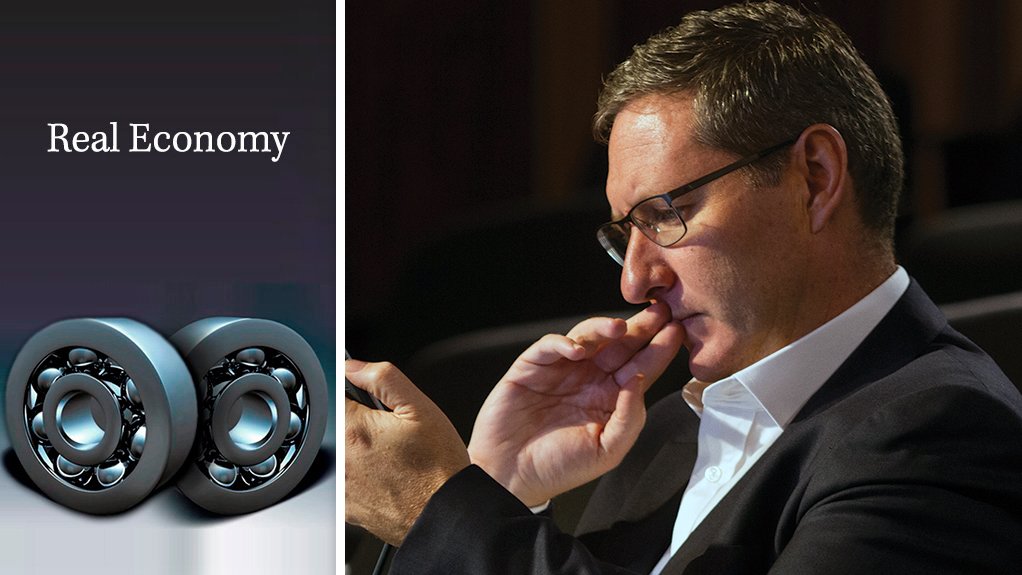In May, Energy Minister Tina Joemat-Pettersson indicated that a request for proposals would be released during the current fiscal year for a floating storage and regasification unit and a gas- to-power programme, with an allocation of up to 3 126 MW. In other words, South Africa is preparing to start importing liquefied natural gas (LNG), primarily as part of a plan to integrate more gas into its still coal-dominated electricity mix.
However, in the context of a highly volatile exchange rate, it is important that South Africa begins paying closer attention to the prospects for LNG supply, as well as the likely price path. On that score, the most recent reports suggest that conditions could well favour importers, such as South Africa.
The International Energy Agency’s (IEA’s) 2016 Medium-Term Gas Market Report, for instance, notes that new LNG supplies are coming on line as demand growth in some major markets is weakening.
In fact, the IEA is forecasting that natural gas demand will rise by only 1.5% a year by the end of the five-year forecast period, compared with an earlier projection of 2% a year. The slowdown is attributed to lower primary energy demand growth and a decline in the energy intensity of the world economy.
LNG exports, by contrast, are expected to increase substantially. “Between 2015 and 2021, liquefaction capacity will increase by 45%, mostly from the US and Australia.” By 2021, the IEA believes Australia will rival Qatar as the world’s largest LNG exporter, with the US not be far behind.
The net result, the agency avers, is that spot gas prices will come under pressure.
Separately, a forecast by Bloomberg New Energy Finance (BNEF) is also not overly bullish on the outlook for gas prices. In fact, it has reduced its long-term forecasts for gas prices by 30%, owing to a projected supply glut.
BNEF also warns that, despite these lower prices, gas is unlikely to be able to derail the global transition toward renewable energy, with the costs of wind and solar also falling fast. “The levelised costs of generation per megawatt hour for onshore wind will fall 41% by 2040, and solar photovoltaics by 60%, making these two technologies the cheapest ways of producing electricity in many countries during the 2020s and in most of the world in the 2030s.”
The immediate takeaway for South Africa is that it is most prob- ably sensible for it to move ahead assertively with its gas ambitions. However, in a fast-changing world, it is equally prudent to invest in domestic gas sources so as to avoid too much of the domestic electricity mix being exposed to dollar-based primary energy costs.
EMAIL THIS ARTICLE SAVE THIS ARTICLE
To subscribe email subscriptions@creamermedia.co.za or click here
To advertise email advertising@creamermedia.co.za or click here











